The XUV400 EV will now be introduced by early 2023, most likely during the 2023 Auto Show, according to Mahindra. The vehicle, which will compete with the Tata Nexon EV, was initially displayed at the 2020 Auto Expo. In India, the XUV400 competes with EVs like the Tata Nexon and even poses a threat to models like the Hyundai Kona and MG ZS. We take it for a test drive to see how it does.
Mahindra XUV 400 Electric Overview
The 2020 India Auto Expo included the eXUV 400 as a concept car. However, a heavily disguised prototype of the same was found being tested in Chennai, which suggests that its introduction is soon. The five-seater EV will fight in a market segment with competitors like the Tata Nexon EV and the MG ZS EV. The market for electric vehicles is undeniably booming right now throughout the nation. In this area as well, SUVs are king, much like they are in the other segments. A full array of electric SUVs from Mahindra, which might go on sale as early as next year, was recently unveiled. The business is getting ready to release the XUV400, a first-ever electric SUV, before the onslaught with born electric platforms starts.
Below we have examined some of the details of the future eXUV 400 that we have observed, both in the concept vehicle and the camouflaged test module.
Mahindra XUV400: Design and dimensions
Based on the XUV300, the Mahindra XUV400 maintains that vehicle's general appearance. However, the designers added small details that serve as distinguishing features between the ICE version and the EV. This includes a distinctive copper colour that is applied to every surface of the car, including the roof. The new Twin Peaks logo has replaced the front grille, which has vanished. The front bumper and faux grille are covered in copper tones as well. Large headlamps and sharp LED DRLs give the design more abrasive elements.
The 400 is clearly a huge vehicle when viewed from a profile. It is the largest in its class, with a 4,200mm length and a 2,600mm wheelbase. The 400 has 16-inch alloy wheels and the absence of a fuel filler cavity is the single feature that sets it apart from the ICE model. Instead, the front left fender has a charging station built into it. The 400 continues to look stunning from the back as well. The style is completed with a sporty roof spoiler and LED tail lights.
Mahindra XUV400: Exterior, Interiors and features
Exterior
The eXUV 400's main outward profile design is not significantly different from that of its petrol-powered sibling, the XUV 400. Without a shadow of a doubt, the EV is built on the same platform as the XUV 400. The concept car's revamped front fascia featured a distinctive closed grille and headlights with a futuristic appearance on either end. However, the eXUV 400's side and back profiles clearly distinguish them from their gasoline counterparts. The concept version of the EV showed blue accents, which Mahindra may also provide.
Interior
The interior of the eXUV 400 is anticipated to be as appealing as the XUV 400's exterior. The EV might, however, be equipped with an infotainment screen that is larger than the 7-inch display found in the normal model. To make room for the battery pack, the floor panel will likely undergo a few minor modifications. Although the weight of the vehicle will grow as a result, the concept car's ground clearance didn't seem to be significantly affected. Apart from that, the eXUV 400's cabin won't advance significantly from its gasoline predecessor.
Features
The eXUV 400's official feature set is still being finalized. However, some of the potential amenities might consist of dual-zone automatic climate control, a sunroof, connected car technology, rain-sensing wipers, etc. The eXUV 400 will be just as safe as its gasoline version thanks to technologies like multiple airbags, cornering brake control, and an anti-brake system with electronic brake distribution.
Mahindra XUV400: Motor, Battery, Range and Charging
- The 400's electric motor is positioned on the front axle and has a 150hp and 310Nm peak torque output. The 39.4kWh battery pack that powers the motor has a 456km range before it needs to be recharged. When connected to a 50kW DC fast charger, the batteries can be charged from 0 to 80 per cent in 50 minutes, depending on the power source.
- It takes 6 hours 30 minutes to charge from 0% to 100% when using a 7.2 kW/32A outlet. Performance-wise, the XUV 400 has a top speed of 150 kmph and can accelerate from 0 to 100 kmph in 8.3 seconds. Additionally, it would be appropriate to highlight that there are three driving modes available: Fun, Faster, and Fearless. The selected mode obviously affects top speed, but on the plus side, the steering also has different characteristics depending on the mode.
- The motor is anticipated to be powered by a 40 kWh battery pack, which has a 400 km range on a single charge. The precise technological details are still pending confirmation. However, Mahindra has stated that the electric SUV will be the first of its kind to use battery cells created specifically for Indian purposes by Korean battery producer LG Chem. The firm and Mahindra have worked together to create cutting-edge lithium-ion battery technology.
How is the Mahindra XUV400 to drive?
Comparing the performance of electric vehicles to those powered by ICE is unfair. So let's just say that even in Fun mode, the XUV400 feels rather nimble. The SUV starts off without difficulty, and reaching 100 kph is not difficult. Since there isn't much noise, to be honest, it takes a quick peek at the speedometer to realize how fast the car is moving. Kickdowns from 80 to 100 kph occur without a hitch.
Literally, no noise can be heard inside the XUV400 at 100 kph as it cruises smoothly. The steering is at its lightest setting in this mode, which makes manoeuvring through tight turns and other situations much simpler. The XUV400 adopts a somewhat more aggressive demeanour in the second mode, Faster, and pursues top speeds with even greater vigour. Overall, there is a good sense of weight in the steering. The SUV, however, only starts to chase the horizon when it is in Fearless mode.
Ballistic acceleration occurs, and the top speed is simple to find. We were cruising at speeds of more than 150 kph on the high-speed track at Mahindra's facilities, and it felt natural. Additionally, it felt unnaturally constrained, and we are confident that it is capable of higher speeds. However, the XUV 400 feels rock solid at 150 kph. It feels firmly anchored and has strong grip levels. The steering is the one element we believe could have been improved. Although it certainly weighs well, there isn't much feedback being received. This can definitely be improved. Nevertheless, driving the XUV400 is a lot of fun.
In addition to the aggressive feature, the XUV400 also has a really ingenious single pedal mode. In a nutshell, it is a condition in which the rate of energy regeneration is highest. One may literally drive using just one pedal because the instant one pulls their foot from the accelerator, the car begins to slow down. It certainly comes in handy in a variety of situations.
Launch and Price
Recently, Mahindra and Mahindra stated their intention to introduce the eXUV 400 in the third or fourth quarter of FY-23. Price estimates for the electric SUV range from Rs. 15 lakh (ex-showroom) and above.
Verdict
The XUV400 then has good features and room while also having a respectable range of 456 kilometers. It is also definitely speedy. The price is now something to be on the lookout for because it will arrive in January 2023. We are confident that the XUV 400 will upend the segment once Mahindra gets that right.


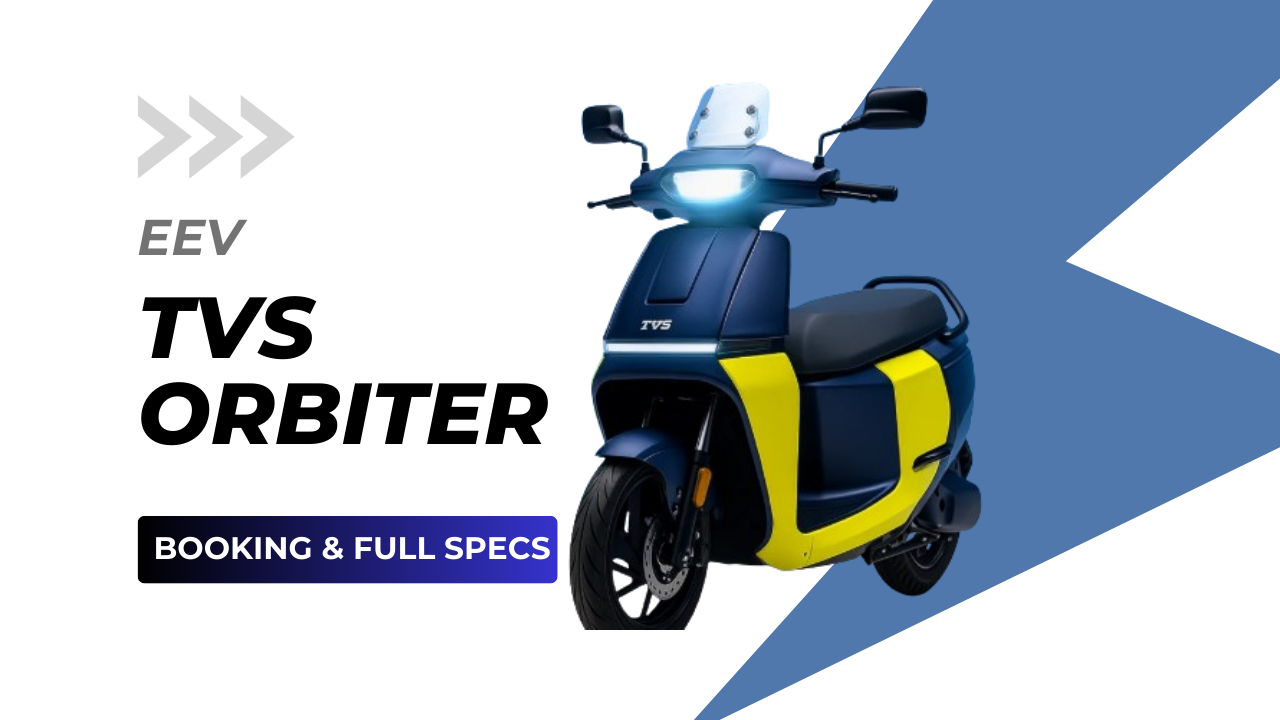



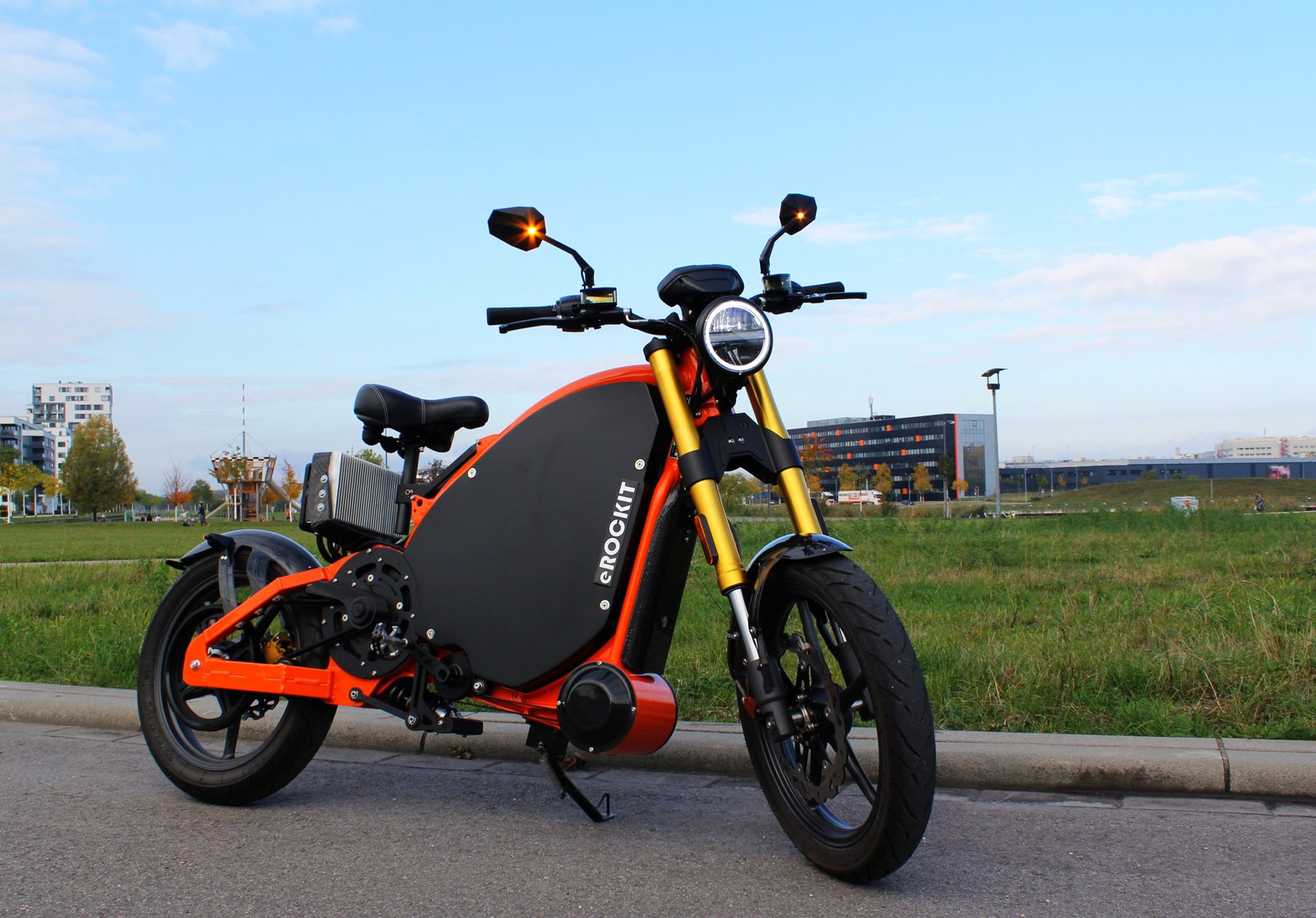

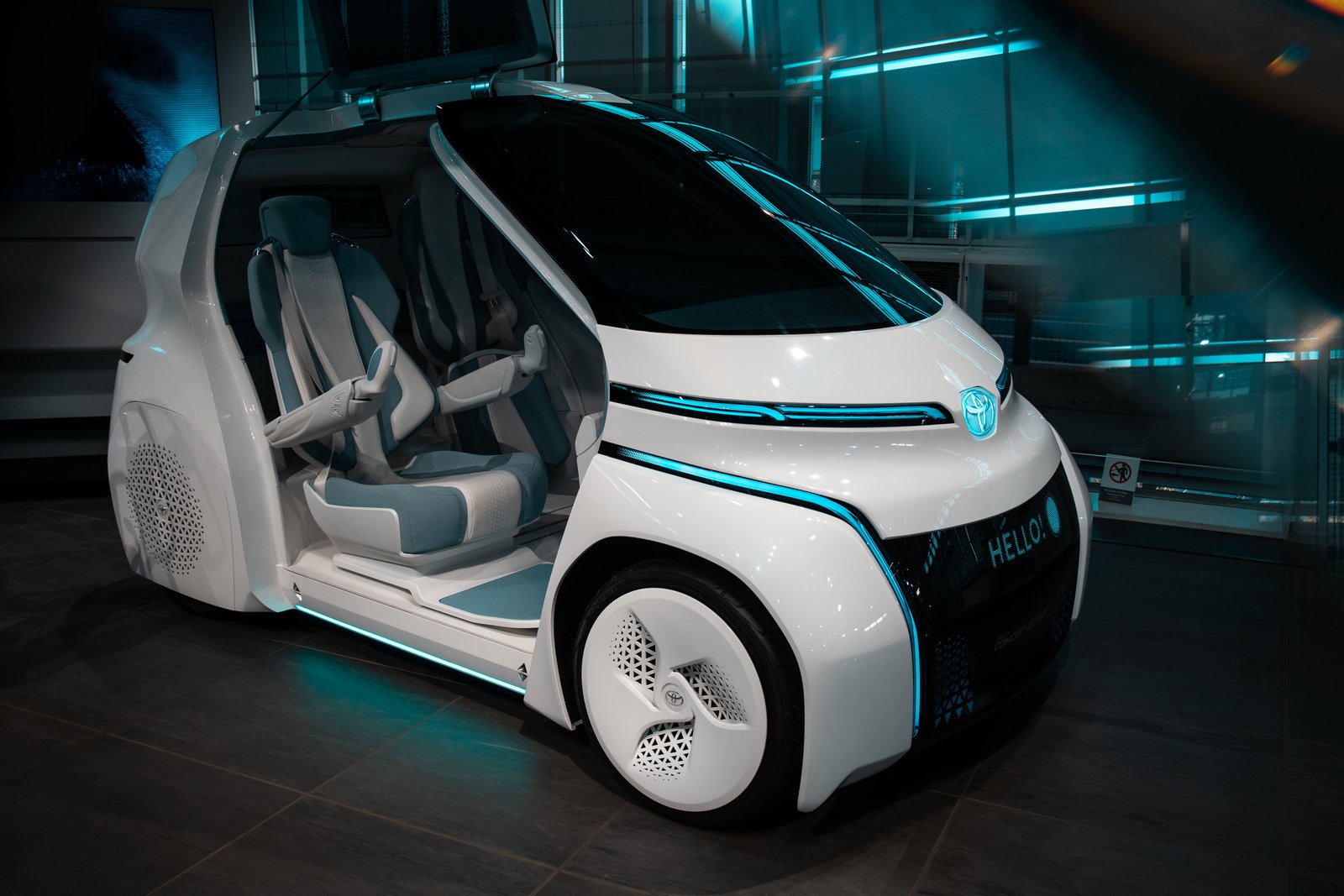

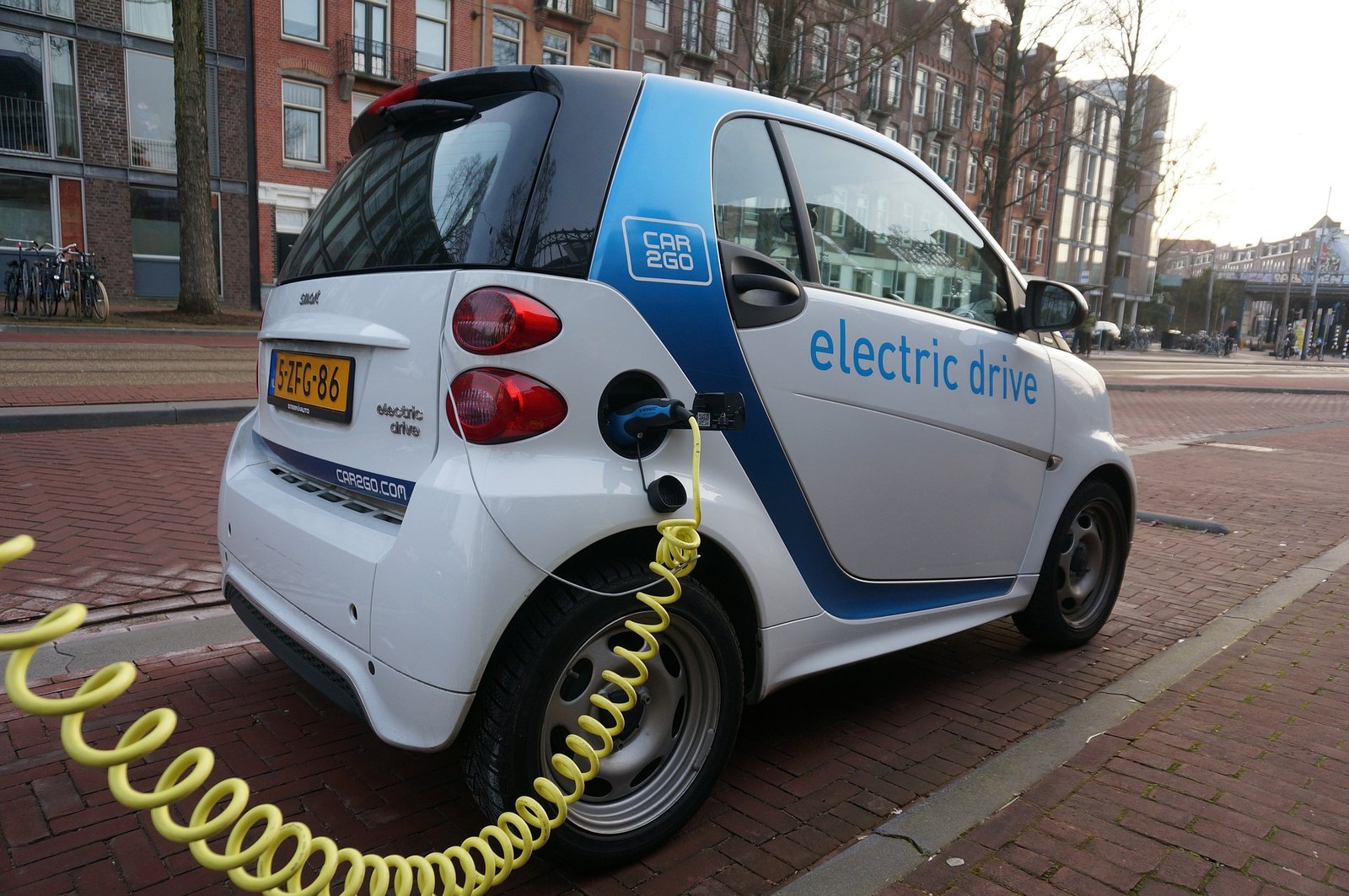

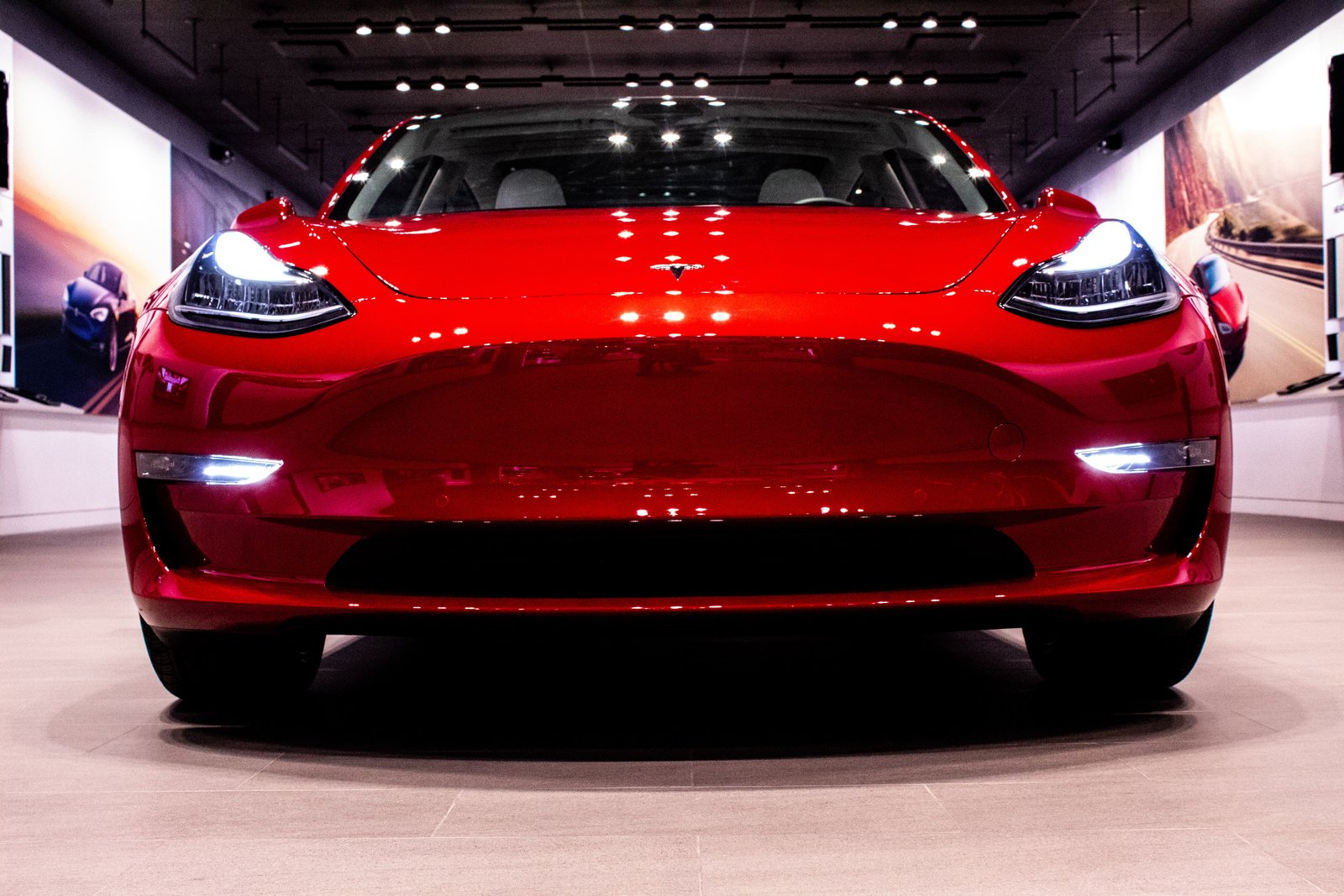
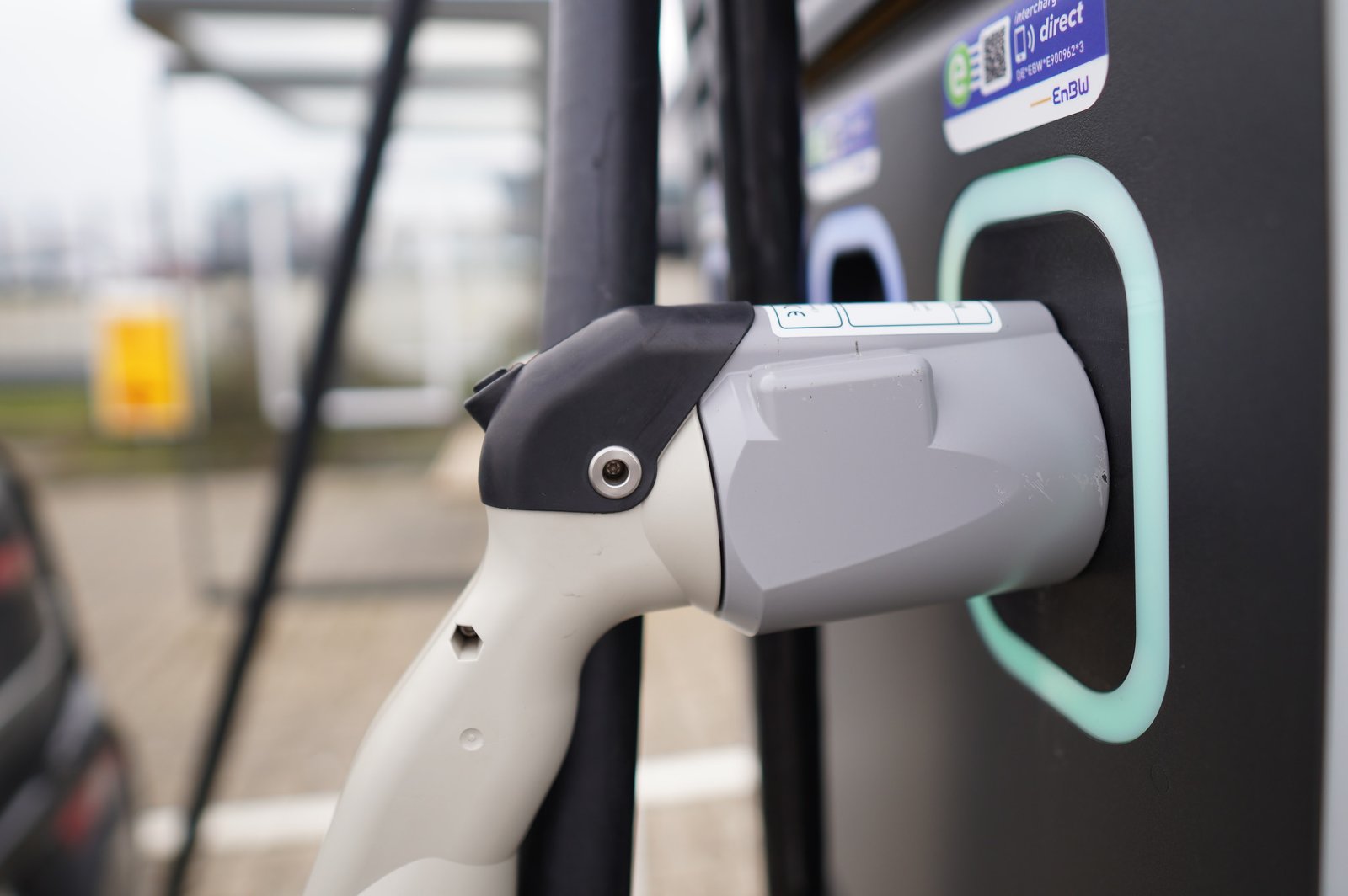
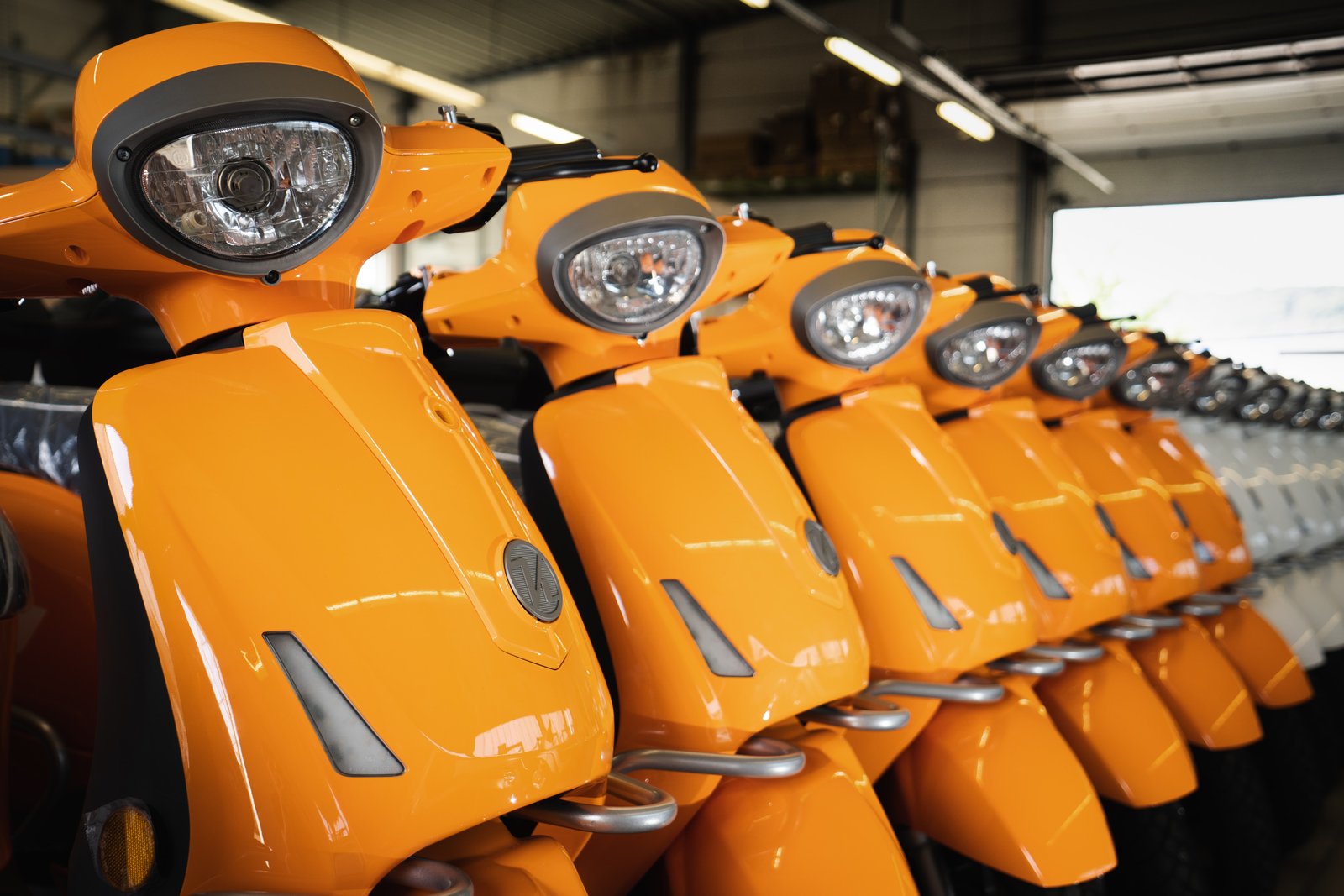
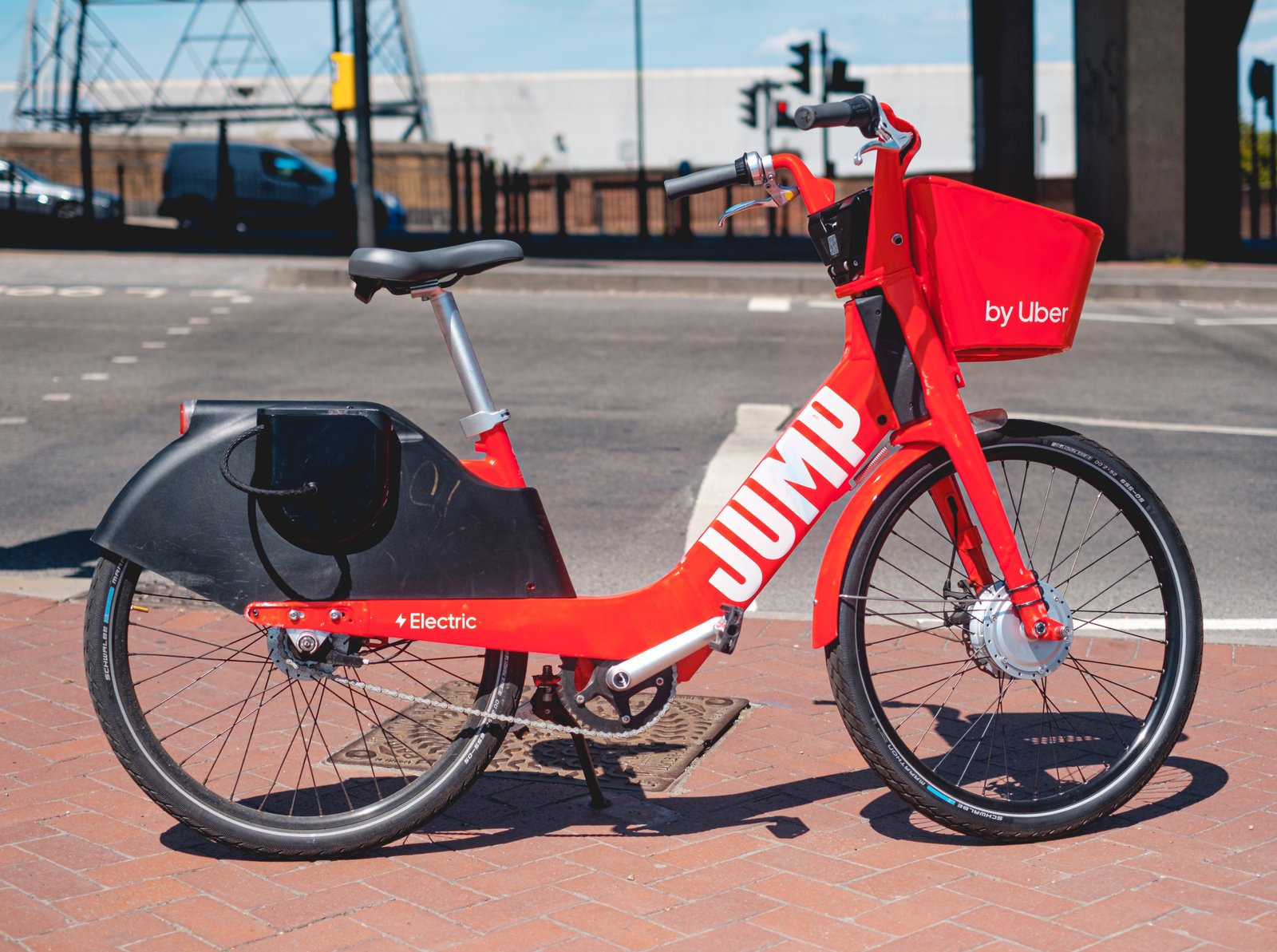

Rating & Reviews
Leave a Reviews